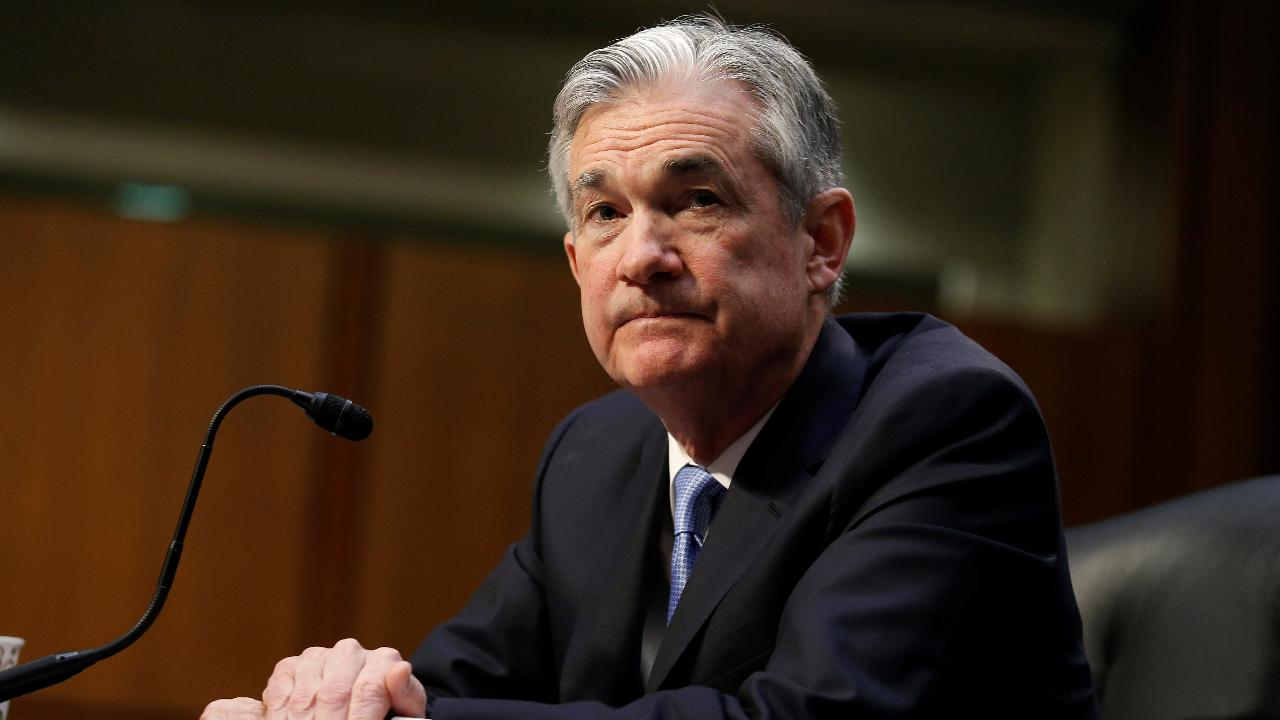The Fed is poised to cut interest rates - but how much will they drop?
During a two-day appearance on Capitol Hill this week, Federal Reserve Chairman Jerome Powell signaled that, in the face of growing uncertainties, policymakers at the U.S. central bank are prepared to lower interest rates at the upcoming July meeting.
Although Wall Street was already pricing in a 100 percent chance of easier monetary policy, the news still sent stocks soaring, with the Nasdaq Composite notching a record high.
"It appears that uncertainties around trade tensions and concerns about the strength of the global economy continue to weigh on the U.S. economic outlook. Inflation pressures remain muted," Powell said in prepared remarks before the House Financial Services Committee.
Now, the only question is: By how much will the Fed lower borrowing costs at their Federal Open Market Committee meeting at the end of the month?
Powell dodged a question about what economic factors would necessitate a deep rate cut, only saying that policymakers look at a broad range of data when making decisions about monetary policy. Still, the idea of a 50-basis point cut has taken hold.
The CME’s FedWatch Tool, which analyzes the probability of rate moves for upcoming Fed meetings, is currently forecasting a 78.6 percent chance of a 25 basis point cut, lowering the benchmark federal funds range between 2.00 percent and 2.25 percent. Meanwhile, about 21.4 percent of traders are pricing in a 50 basis point cut, which would drop borrowing costs between 1.75 percent and 2.00 percent.
At 2.25 percent and 2.50 percent, the interbank lending rate is the highest in decades, but remains low by historical standards.
A study conducted by LPL Financial Research revealed that steep rate cuts generally occur around recessions. For instance, since 1990, the Fed has cut rates by 50 basis points or more 18 times; only seven of those cuts took place in the midst of an economic expansion, but six of those seven were in the one-year period before or after a recession ended.
CLICK HERE TO GET THE FOX BUSINESS APP
“Inflation is low, and the yield curve is indicating that monetary policy may be too tight for the uncertain trade environment,” John Lynch, LPL Research chief investment strategist, said. “Economic fundamentals are still sound, so we view any Fed cuts at this point as a course correction, not a reaction to recessionary signals.”
Plus, the Fed ultimately remains data dependent -- and while growth is softening slightly, “U.S. data appear to show low odds of a recession in the near term.”




















